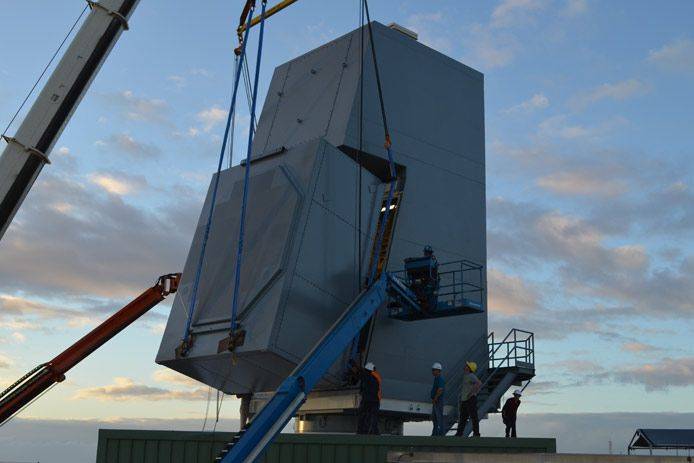New radar SPY-6 for the US Navy successfully passed the test
Advantageously distinguished by an active electronic scanning system, it should come to replace the less sophisticated Lockheed Martin AN / SPY-1D radar with a phased antenna array - the core of the combat information-control Aegis systemsinstalled on destroyers of the Arly Burke type.
Aegis is a multifunctional integrated ship network, which includes controls, lighting and destruction of the situation, including the anti-aircraft missile link, also called Aegis.
In the course of the designated, third in a row, tests that took place on 7 in September, the work of the radar met the expectations placed on it. As part of the test from the west coast of Hawaii, US naval forces simultaneously launched a short-range ballistic missile and a multitude of air-to-surface missiles. The AN / SPY-6 (V) system is said to have successfully detected and recognized targets, and also tracked the trajectory of their movements in space.
- explained in command.

The use of components based on gallium nitride in the new SPY-6 radar made it possible to increase power about 30 times in comparison with the SPY-1 complex. In addition, the new radar is characterized by a large dynamic range, especially in conditions of extensive interference. A specific feature of the SPY-6 is the digital beam-forming, which makes it possible to quickly monitor the horizon for the presence of air targets. This allows the radar station to concentrate computing power to solve missile defense tasks.
Information